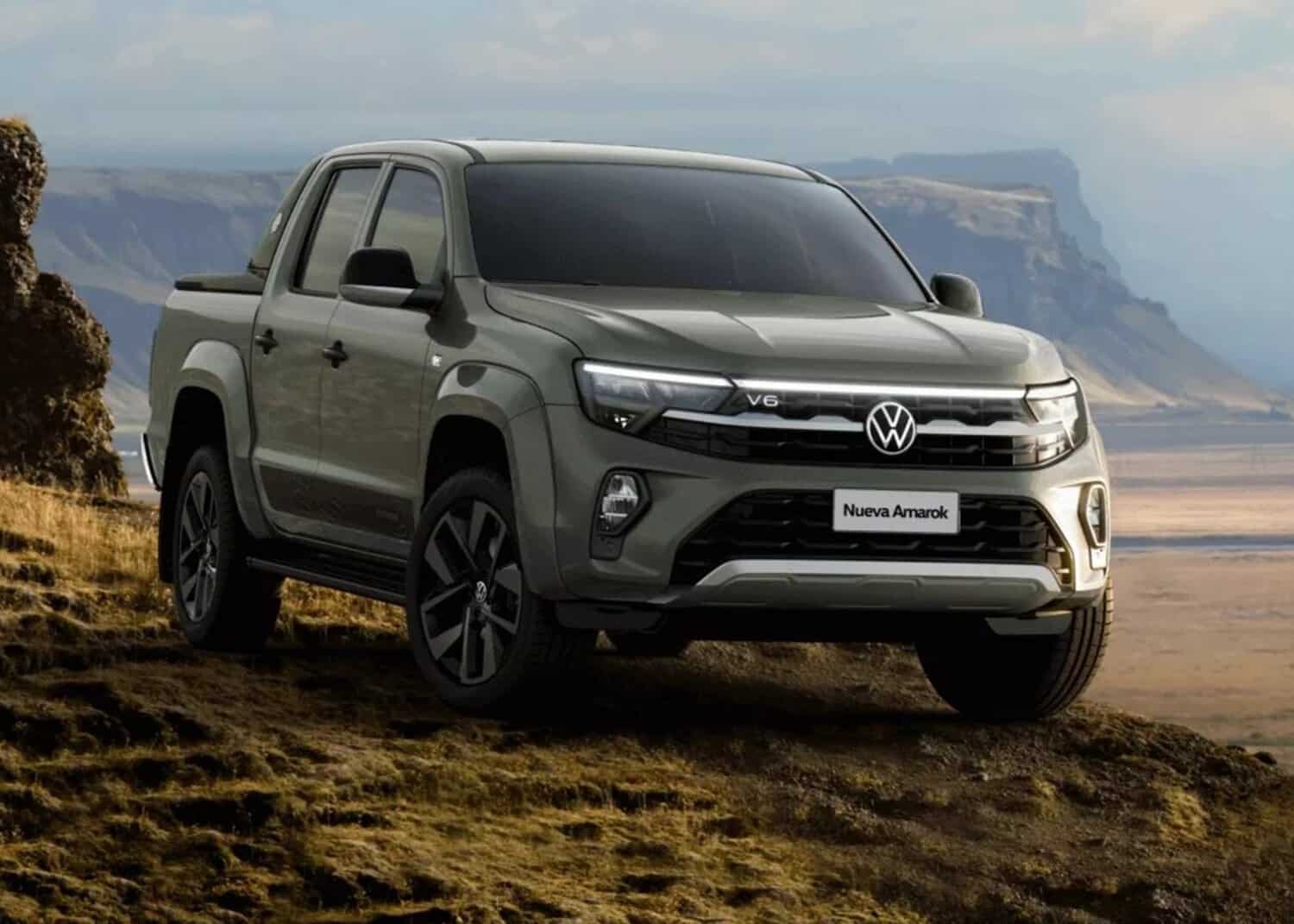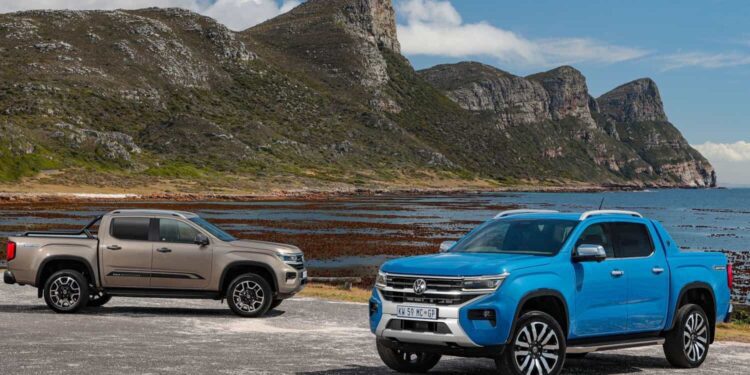At the same time, Di Si, who now heads Volkswagen America, said a restyling of the original Amarok would take place as part of a $250-million investment into the Pacheco┬аplant that also produces the Toas for all of South America.
тАЬThe redesign has already been defined and I can tell you that it is very balanced: neither very aggressive nor not very aggressive,тАЭ Di Si told motor1.com Argentina at the time.
тАШOurs is superiorтАЩ
In a more strongly worded response to why the second generation Amarok wonтАЩt be sold in Argentina or indeed South America, Pecchia said, тАЬThe second generation of the Amarok arose from an alliance between the parent companies of Volkswagen and Ford. The agreement was to contribute to the development of electric cars and commercial vehicles.
тАЬIt was an alliance that was defined looking at the global market, where the percentage of participation of the medium pickup segment is not as relevant as here in Argentina.
тАЬIn our country, this segment has a 20% share in sales and even more in automotive production. We, having been the founders of this product, decided not to join this global alliance and kept our pick-up that we had been manufacturing since 2010тАЭ.

He added, тАЬWe did not want to lose 14 years of work and development on this pick-up that became a┬аbenchmark┬аin our market.
тАЬThe idea was to continue working on this vehicle, which had already earned its reputation in Argentina and throughout South America. That is why we decided to keep our own vehicle, where all the decisions are ours, without depending on an allianceтАЭ.
Asked whether he had driven the new Amarok, Pecchia said, тАЬIt does not have the level of ride comfort, dynamic behaviour or off-road performance of our Amarok. Our pick-up has a better suspension, which allows it to offer superior dynamic behaviour and greater comfort.
тАЬThen there is our V6 engine, which is also superior in terms of performance. In addition, in this new Amarok. we are adding a lot of things that were missing. These are elements of technology, design and safety that deserved to be added to its offerтАЭ.
Like for like
Spanning seven models initially, six powered by the mentioned 3.0 TDI V6 that develops 190kW/580Nm, the former increasing to 200 kW for short spells, the restyled Amarok carries a directly converted price tag of between R748┬а933 to R1┬а303┬а093 in Argentina where only double cab are offered.
Excluding the single cab, South African market pricing for the Ranger-based Amarok ranges from R660┬а700 for the unbadged base model, to R1┬а228┬а100 for the top-spec Aventura powered by the same 184kW/600Nm 3.0-litre turbodiesel V6 as the Ranger Wildtrak.
NOW READ: New production facility beckons for next generation Volkswagen Amarok
Source link : http://www.bing.com/news/apiclick.aspx?ref=FexRss&aid=&tid=66b4c9dda23a4c8a824bb74329e0068d&url=https%3A%2F%2Fwww.citizen.co.za%2Fmotoring%2Fvolkswagen-argentina-exec-hits-out-at-new-amarok%2F&c=1701079927008371507&mkt=en-us
Author :
Publish date : 2024-08-08 01:44:00
Copyright for syndicated content belongs to the linked Source.












